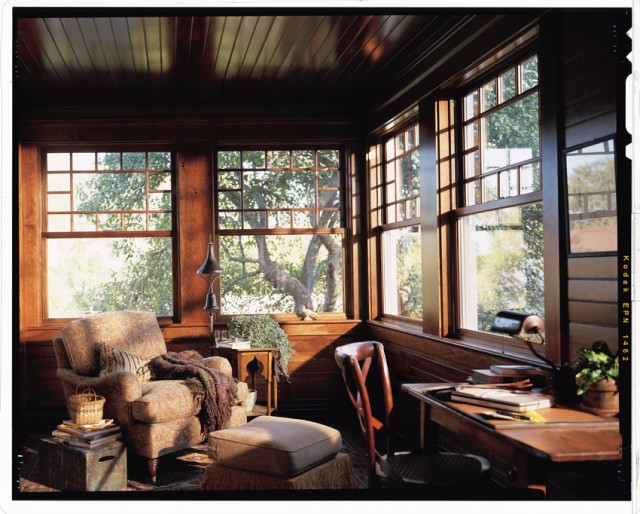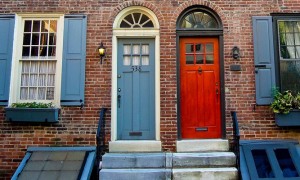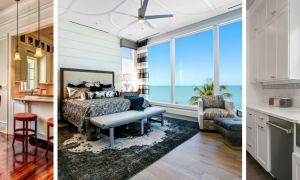Brought to you by Andersen Windows
When it comes to the finishing touches on a home’s exterior, window grilles can amplify your home’s style and highlight the best features of a home. From stately colonials to quaint cottages, classic farmhouses to craftsman bungalows, grilles help frame views, inside and out.

Prairie Home Style
Whether building new or replacing old windows, today’s grilles offer significant advantages over the traditional grille construction methods – meaning homeowners don’t have to sacrifice energy performance or simplified maintenance to achieve the look they want for their homes. Here’s a quick overview of the different grille construction methods used today:
• Full divided light grilles: This style gives your window an authentic look with full divided light grilles that are permanently applied to the interior and exterior of the window with a spacer between the glass, giving the look of the classic grille window construction.
• Simulated divided light grilles: Simulated divided light features permanent grilles on the exterior but for Andersen window styles, homeowners can choose between permanent or removable interior grilles. There is no spacer between the panes of glass.
• Interior removable grilles: The grilles are only on the interior of the pane, and are removable for easy cleaning.
• Between-the-panes: The style that perhaps makes cleaning and maintenance the easiest, Andersen® Finelight™ grilles are installed between the glass panes and feature a contoured profile.
Depending on the window, it may be possible to add grilles to an existing window, bringing even more value to a style upgrade that can be accomplished quickly and at minimal cost.
While the construction methods may be thoroughly modern, grille patterns can be ordered to match any style of a home—in fact, Andersen can create custom grille patterns for unique architectural projects or historic restoration work. An overview of the most popular grille patterns related to home styles across the country can be found in the Andersen Home Style Library.







Frank Lloyd Wright inspired?